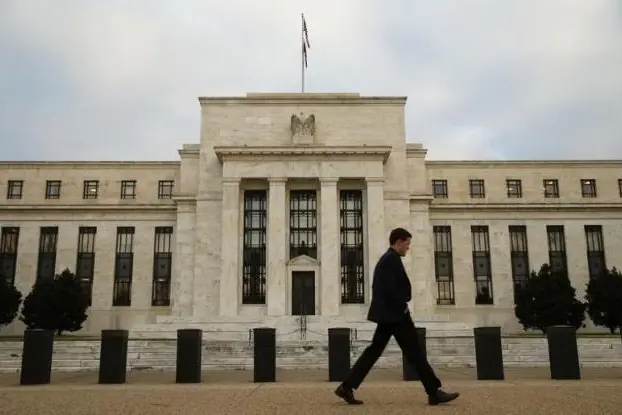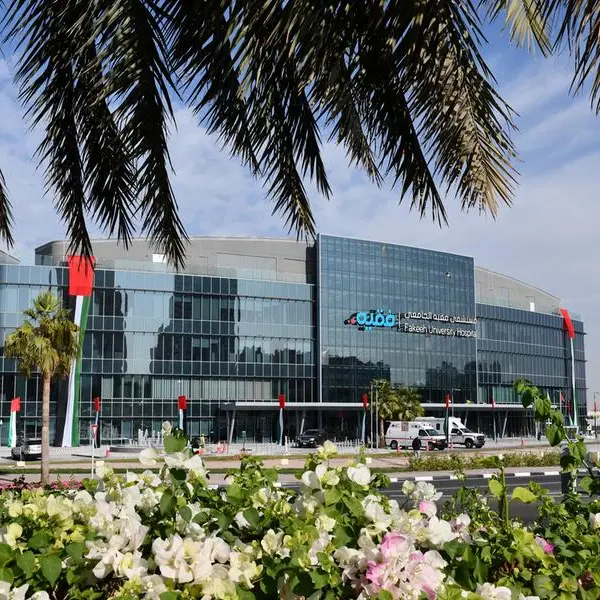PHOTO
LONDON- The recession warning sent out by a rapidly flattening U.S. Treasury yield curve is loud and clear, but the move since the weekend 'trade truce' also reveals a significant turn in investor sentiment over the past couple of months.
Despite a relieved surge in world stock markets on Monday after Washington and Beijing called a 90-day halt on new tariffs, the gap between two- and 10-year Treasury yields has shrunk to its narrowest since 2007 to only 13 basis points from an inversion that many say heralds the onset of recession.
The move stopped the equity market in its tracks as investors quickly refocused on the risk that the ageing economic cycle rolls over, rather than a tactical shift in the trade war.
The speed with which the euphoria faded was one of the clearest signs yet of a fundamental shift in investor behaviour from years of "buy the dip" to "sell the rally". Day-to-day developments are now taking a back seat to the bigger picture.
For most of 2018, certainly from February onwards, investors' risk appetite was undiminished, even against a backdrop of rising U.S. interest rates, strengthening dollar and brewing trade war. At least as far as Wall Street was concerned.
The yield curve flattened through all that, yet U.S. asset prices rose.
The narrative went largely like this: the economy was strong enough to warrant higher rates, while the flattening curve and looming inversion no longer had the same predictive powers of the past. This time it was different, so Wall Street continued to perform very well.
But that narrative is fading. Now, there's an unmistakable feeling that time is being called on one of longest U.S. economic expansions and bull markets in history, the Fed is too aggressive on monetary tightening, and the outlook for returns next year is darkening.
Investors are behaving accordingly. Adjusted for volatility, cash now offers better returns than U.S. equities for the first time in a decade, according to JP Morgan Asset Management, who are now anticipating "an environment of slowing earnings growth and rising macroeconomic risks".
Recent equity market bounces on the back of surprisingly strong economic data or good news headlines on global trade, for example, are increasingly short-lived.
According to Morgan Stanley, 2018 is the first year since the early 2000s where "buy the dip" trading strategies have failed.
2020 RECESSION
Just as potentially negative data and news didn't really matter earlier this year when markets were on the up, so it appears now that any "good" news flow is struggling to hold back the growing tide of sellers.
The S&P 500 lost 7 pct in October, its worst month in seven years; the market cap of the five 'FAANGs' fell as much as $1 trillion, pushing the Nasdaq down as much as 16 pct; and the yield curve resumed its flattening trend at an eye-catching pace, to 13 bps from 37 bps only two months ago.
Wall Street and the MSCI world index have halved these losses, but the upward momentum is fading. The trade war "truce" between the United States and China struck at the G20 summit in Argentina over the weekend was worth a relief rally on global stock markets that barely lasted 24 hours.
Meanwhile, oil prices plunged more than 30 pct since early October, senior Fed officials have started to indicate rates may not have much more to go on the upside, and money markets have moved to price in only one full quarter-point hike next year.
The consensus among market strategists is for U.S. equity returns in the high single digits. That's well down from around 25-30 pct this year but still better than Europe.
Next year is likely to be characterized by "disappointing growth and a much narrower range of valuation" against a sharp deceleration in economic growth, Morgan Stanley's U.S. equity strategy team wrote in their 2019 outlook on Tuesday.
"There is a greater than 50 pct chance we experience a modest earnings recession in 2019. This is likely to be offset somewhat by a Fed that pauses its rate hike campaign by June," they wrote.
Economists at Goldman Sachs and JP Morgan retain their call for four Fed rate hikes next year. That's looking like a very bold call indeed.
Hardly anyone expects a U.S. recession next year, although the chances of that happening in 2020 are anywhere between 20 and 35 pct. An inversion of the 2s/10s U.S. yield curve has preceded every recession over the last 50 years.
It remains to be seen if the curve inverts and if recession follows. The former looks likely, and parts of the curve at the short end, like the difference between three- and five-year yields, have already inverted.
The warning signs are there, and investors are sitting up and taking notice.
(By Jamie McGeever, editing by Andrew Heavens) ((jamie.mcgeever@thomsonreuters.com; +44 (0)207 542 8510;))












